Showroom
Construction
Cell Fill may readily be restored with minimal work and expense when the
personal block fails. Because growing or shrinking joints are not required,
joint preservation is removed. When compared to standard CC pavements,
collection consumption is over 50% lower. Recycled plastic is used.
Geogrid
is formerly solely employed in the building of retaining walls. Due to the
rigidity and strength of the ribs, the perforations allow for strike-through of
the cover soil material, which then interlocks with the ribs, enabling
confinement of the overlaying granular/soil material.
Geonet
is widely used in various applications like soft foundation treatment, slope
protection, coastal slope protection, reservoir bottom reinforcement, geonet
earthquake, and other projects. This has an extruded three-dimensional
bi-planar core constructed of virgin high-density polyethylene for high-load
flow.
A Geopipe is a specialized pipe used by geotechnical and civil engineers mainly in drainage, water management, and environmental protection systems. They were engineered to be durable with reliability against environmental aggression which could relate to corrosion, abrasion, and chemical exposure. Given the strength, resistance to environmental factors, and cost-effectiveness, geopipes are integral parts of sustainable civil engineering and environmental protection projects.

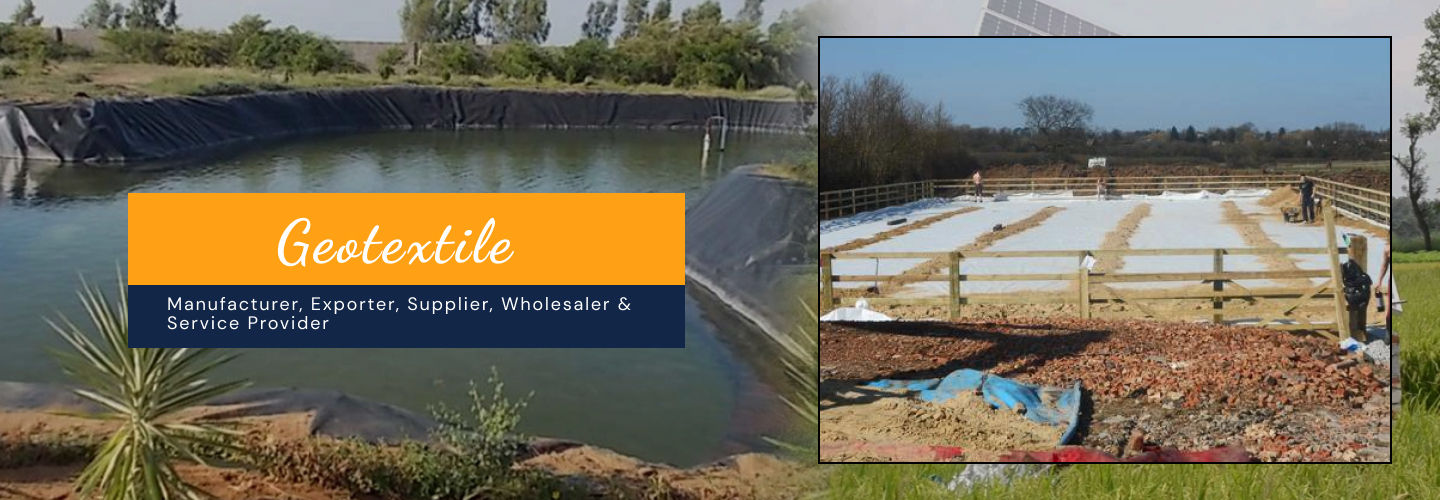

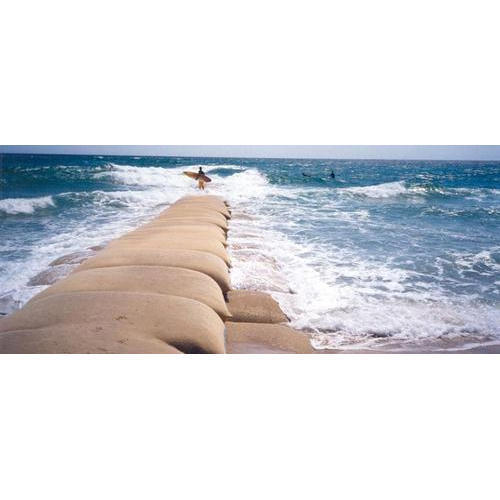
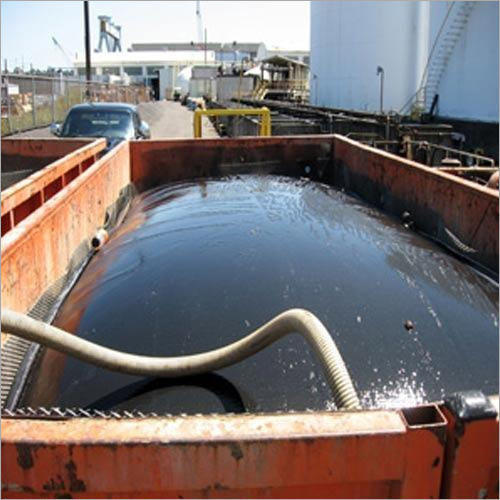
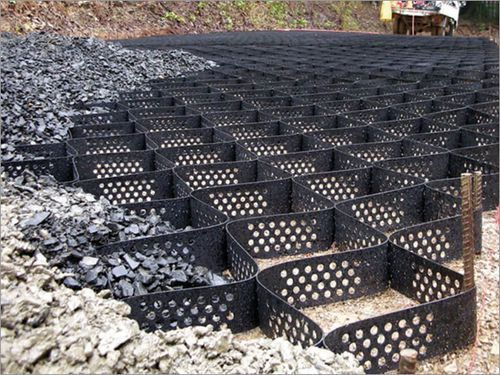
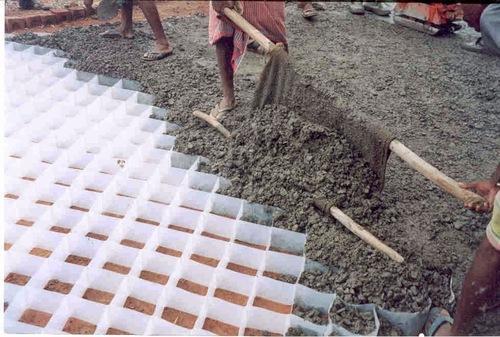

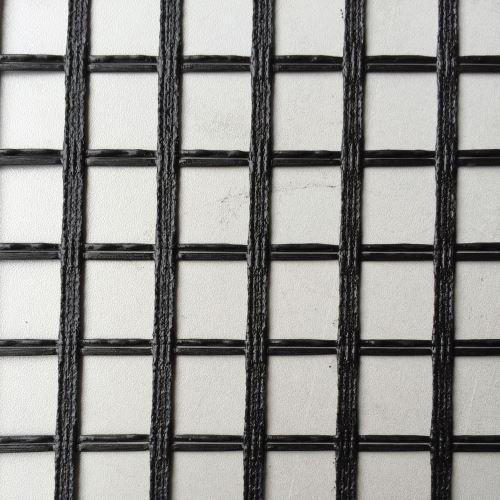

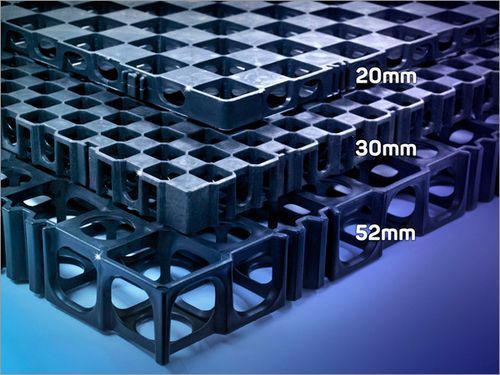

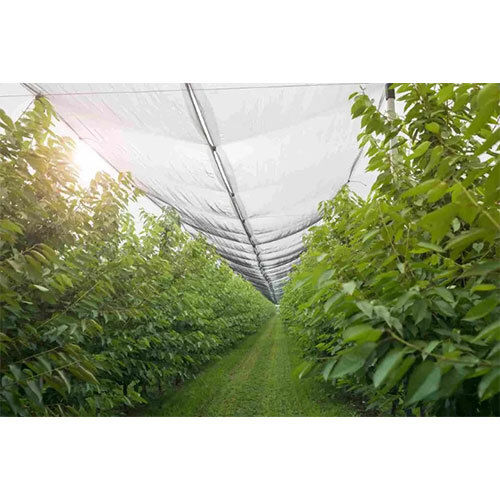

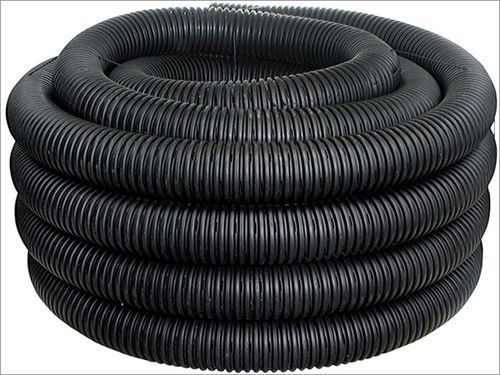
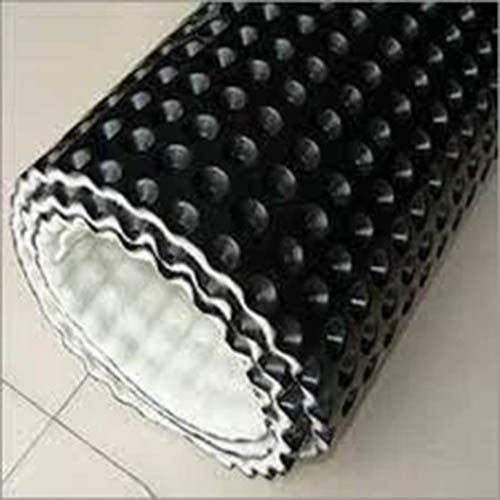

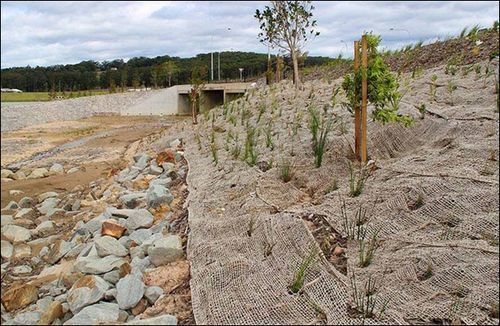
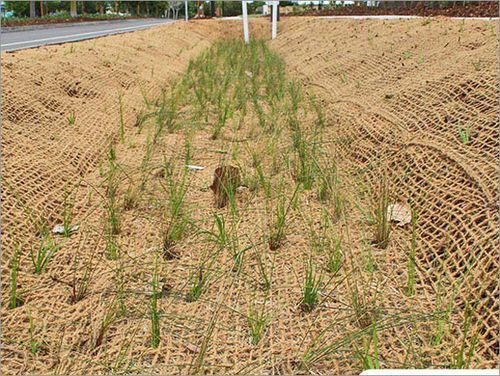
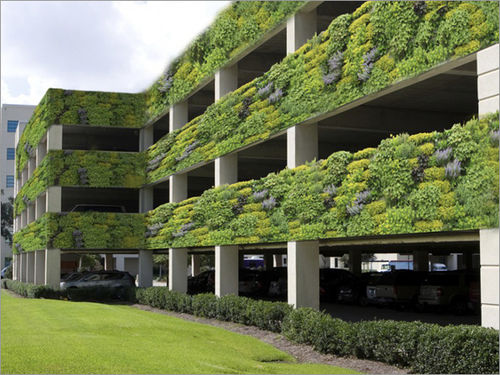
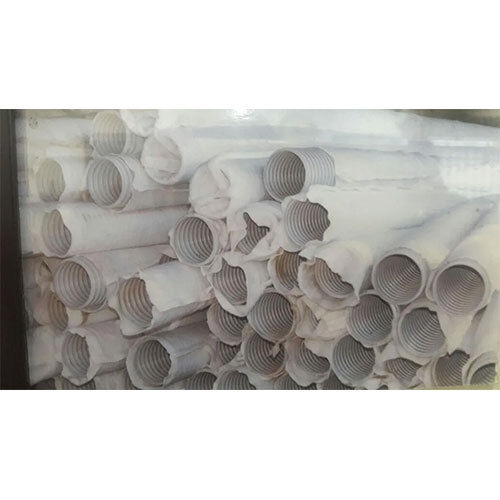
 Contact Us
Contact Us Send Inquiry
Send Inquiry Send SMS
Send SMS


